The main style of bathing in Japan is soaking in a “Yubune(bathtub)”, it is one of well-known and representative Japanese culture in abroad, isn’t it? Recently, “sauna” has become very popular in Japan. Except for old famous “onsen ryokan (hot spring bathhouses)” that have long been well known as famous tourist attractions, most bathing facilities such as onsen and health spa have come to be equipped with sauna facilities. In recent years, the number of bathing facilities specializing in sauna even has been increasing. Therefore, in this article, we would like to show you some information about the sauna in Japan.

As you know, sauna is a bathing style that originated in Finland. It is said to have been introduced to Japan from Northern Europe via Russia. The first sauna in Japan was built in Nemuro, Hokkaido, in the late Edo period (late 18th century). The crew of a Japanese merchant ship was lost and washed up on an island in the Aleutian Islands, then Russian territory. So, when they returned to Japan, they built a sauna, which they had learned about during their stay in Russia, in Nemuro, where they were to stay for a winter. Well, at that time, the sauna bathing style did not spread in Japan. The sauna bathing style became generally known around 1950, shortly after World War II. The first sauna was a public sauna in “Tokyo Onsen”, which was opened in Ginza, Tokyo. Later, the sauna equipment that the Finnish delegation brought to the Tokyo Olympics and other events attracted a lot of attention. At that time, Japan was in a period of rapid economic growth, and household baths were becoming increasingly popular. Thanks in part to that, the saunas installed in public bathing facilities such as onsen, sento (public bathhouses) and lodging facilities became very popular as bathing facilities that cannot be enjoyed at home and spread throughout the country. Furthermore, since the 1990s, many health spa and super-sento have begun to have sauna facilities as standard equipment, and sauna has become available as an everyday bathing way for the general public.

The current popularity of sauna in Japan is considered the third boom. This boom has been going on since about the late 2010s. Reflecting the trends of the times, the popularity of sauna has spread rapidly through manga and TV dramas featuring sauna. In addition to them, sauna lovers have introduced the attractiveness of sauna using social networking services. The effects of them also appeared quite significant. Before the third boom, the image of sauna in Japan was often negative: “hot”, “painful” and “hard”… And the general image of sauna users was that most of them were middle-aged men. However, the above-mentioned manga, TV dramas, information from SNS, and other media have changed the image to that of “fashionable”, “detoxifying” and “relaxing”. As a result, the number of young and female sauna users has increased significantly. Another, even more very interesting development has occurred. A new Japanese word, “ととのう(Totonou)” has been created to express the “good feeling” that one gets from using a sauna, which one cannot get anywhere else. Although the word “ととのう/整う(Totonou)” meaning “to be in order”, had been in common use before then, the word was newly accepted as a word that expresses a whole new kind of connotation. “おいしい(Oishii)”, apart from meaning “good taste”, the word also means “just right for one’s own convenience, situation or demands”. “萌え(Moe)”, the word expresses indescribable loveliness and attractiveness. These words are difficult to explain their connotations in other words. The word “ととのう(Totonou)” has also developed a completely new connotation, just like those words. The appeal of the word “ととのう(Totonou)”, which has become popular among sauna users, should be also a major factor in the current sauna boom. This “ととのう(Totonou)” or special “good feeling” that comes from using the sauna has been medically verified. It is reported to be a relaxed state in which the autonomic nervous system is parasympathetically dominant, despite the presence of residual adrenaline in the blood… v( ̄▽ ̄*)v Well, we guess you can’t really find out about all of this until you experience it for yourself. If you are interested, we would like you to try sauna in Japan.
Japanese Sauna Culture
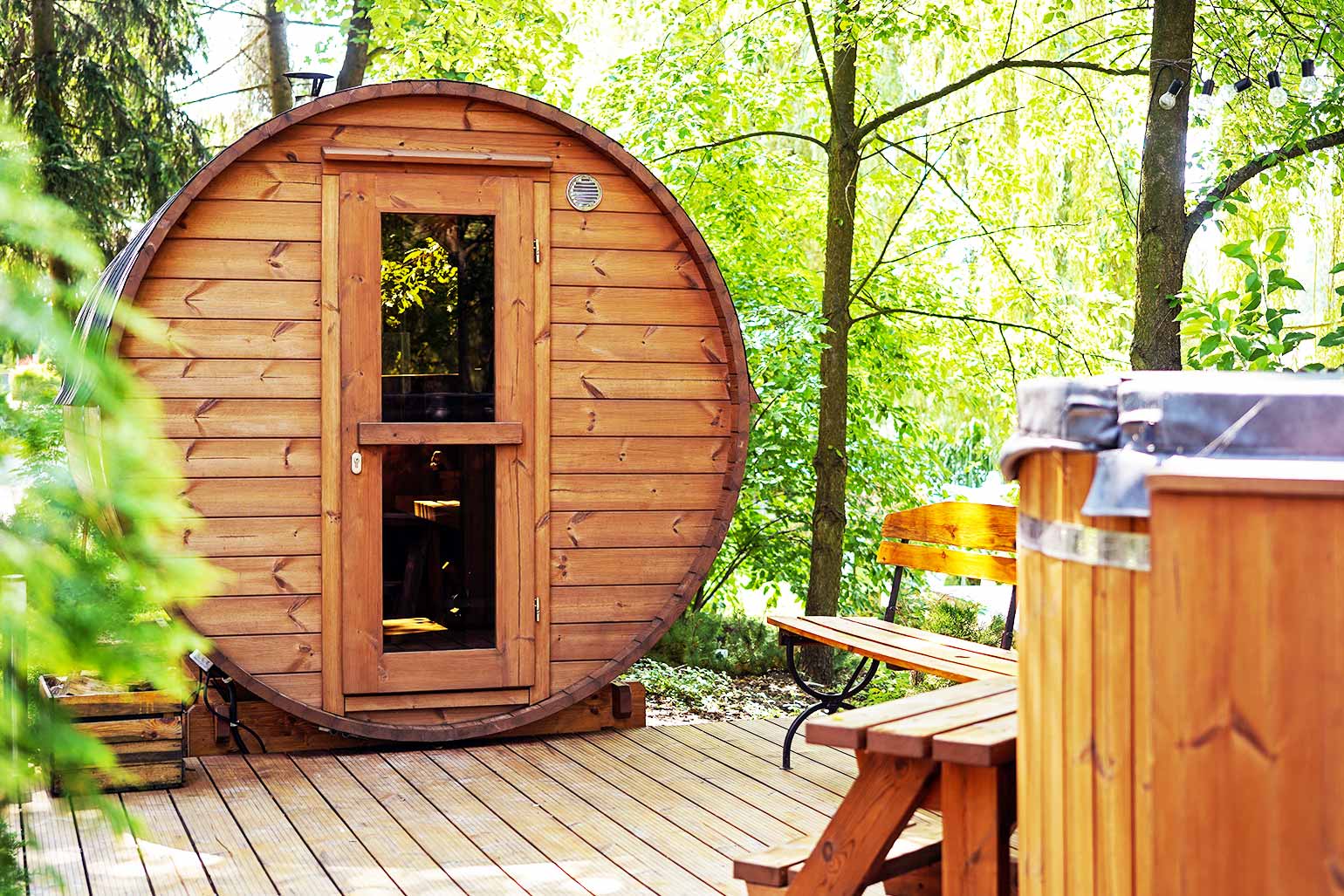
Bathing in a steam bath style with steam/heat like a sauna has been around in Japan for a long time. “Ishi-furo(Stone baths)”, Kamado-furo(stove baths)”, and “Oke-furo” are representative of these types of baths. The steam baths were also used for “misogi(purification)” in Shinto rituals. Saunas commonly used in today’s Japan vary in style and type, and there seems to be a wide range of preferences among users. Some are for public use, where multiple people can enter, while others, like tent saunas, can be enjoyed by individuals. There are also trailer-type saunas that can transport the equipment itself to campgrounds, event sites or other locations. We have many saunas that suit the needs of each user. We’ll show you some main types of the saunas.
・Far-infrared type sauna
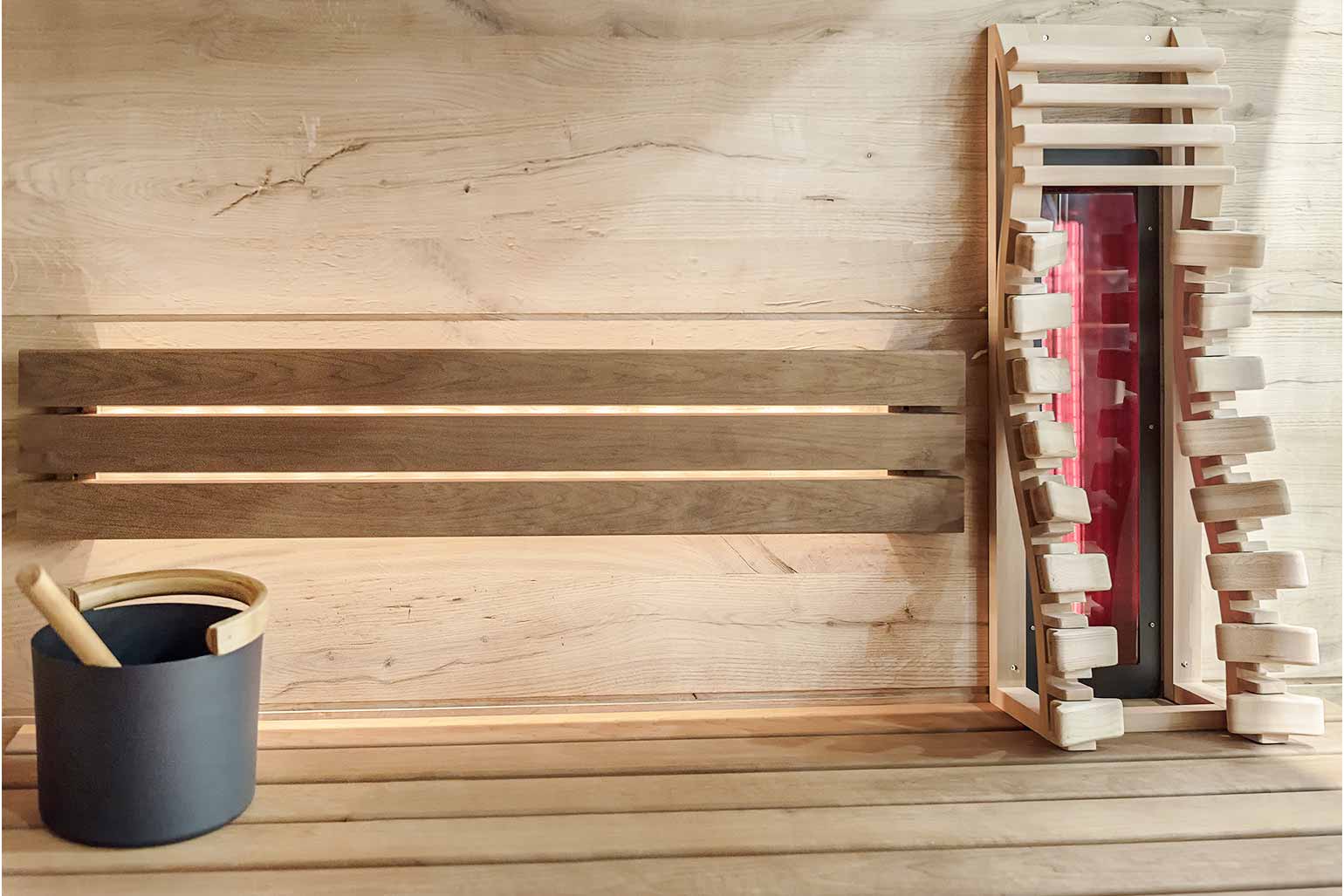
A type of dry sauna that uses far-infrared heaters. This type is very common in Japan and installed in many bathing facilities.
・Finland style sauna
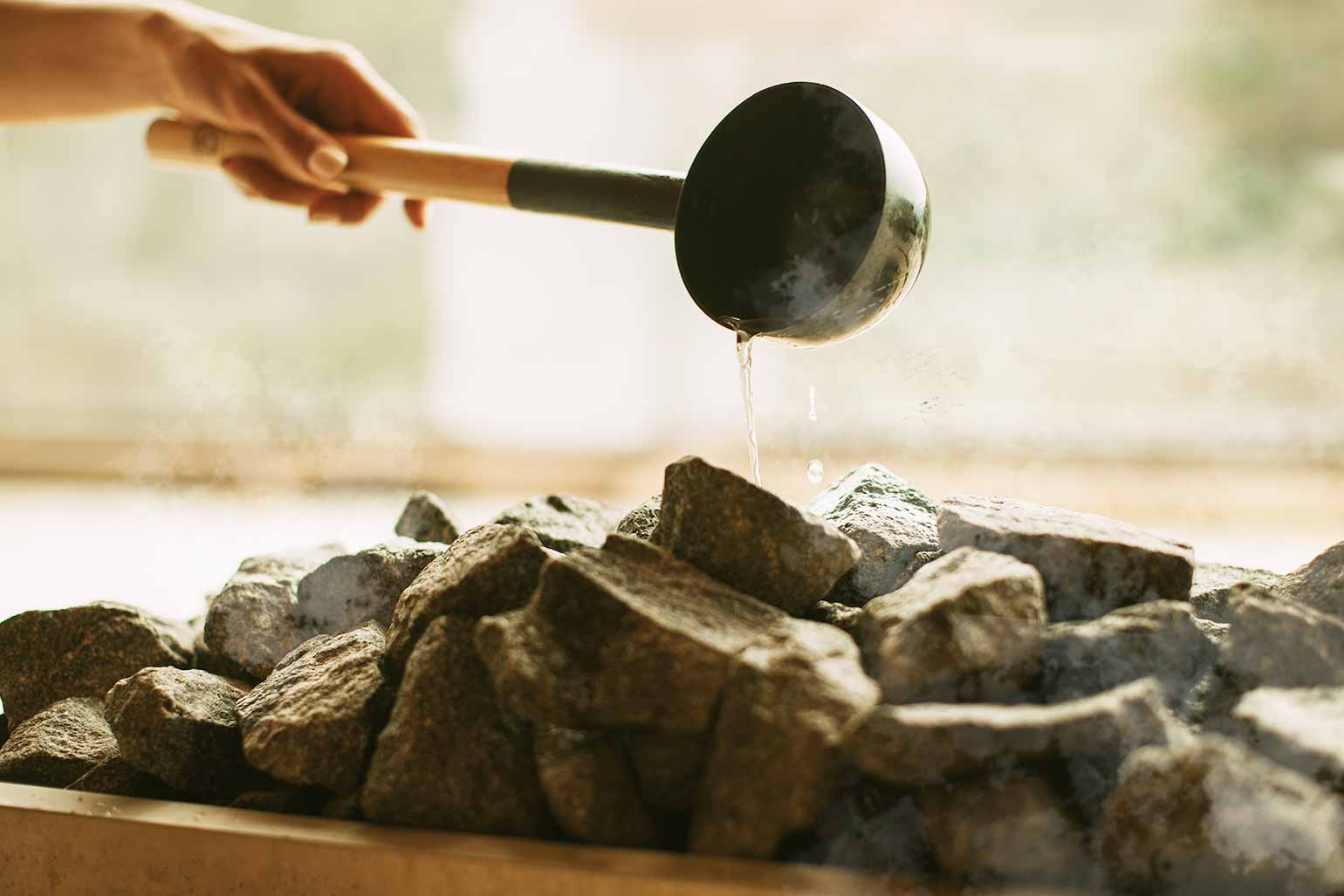
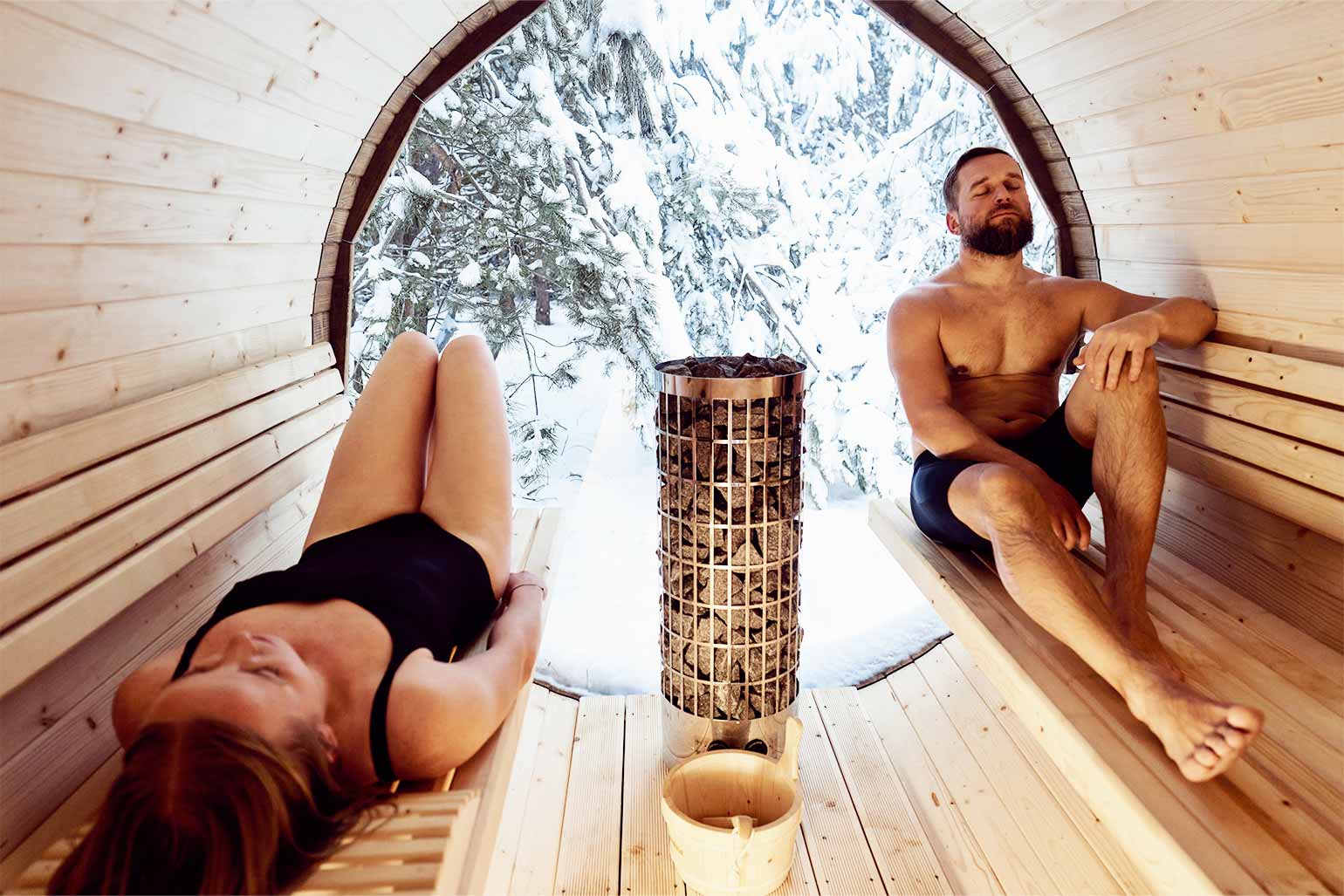
A sauna in which stones placed on a sauna stove are heated and water is poured over them to generate steam. This is a traditional Finnish sauna.
・Mist type sauna
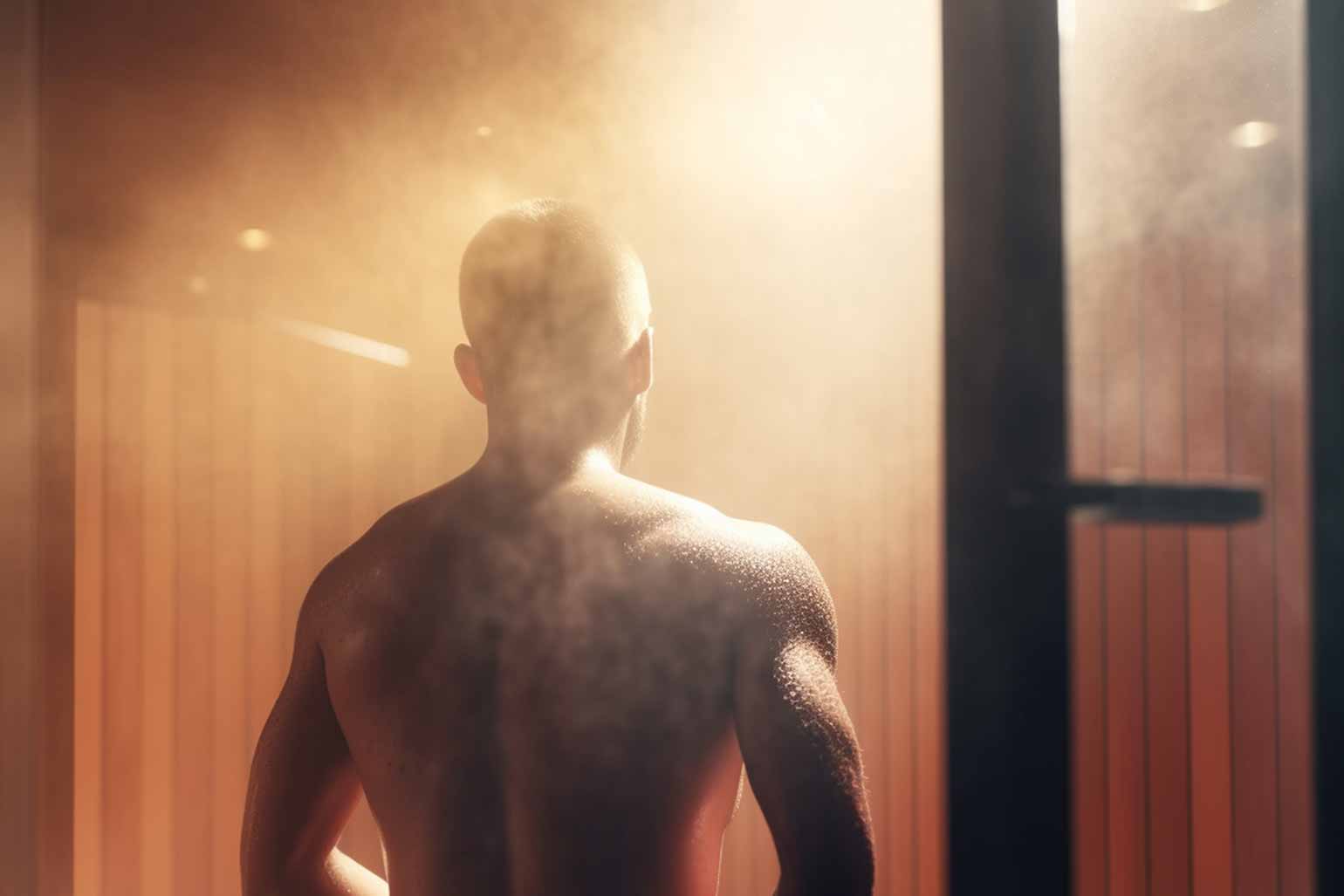
A kind of steam sauna. It is for people who do not like the heat because of its relatively low temperature. These days, they are sometimes attached to the bathrooms of apartments or other facilities.

Terms such as “löyly” and “aufguss”, which were common only among sauna users, are now widely known to the general public. The number of people enjoying sauna has increased significantly, and what can be called a unique “Japanese sauna culture” is being created. Users’ interests are no longer limited to saunas themselves. Many of the users are interested in the unique services offered by each sauna facility or the foods / beverages they can enjoy during and after sauna use. Incidentally, the food and beverages served in sauna facilities are specifically called “サ飯(Sa-meshi : Abbreviated name for sauna food)”. So even people who don’t like saunas can enjoy them. v( ̄▽ ̄)v Just as “onsen” is one of the popular amusements for Japanese people, sauna is also becoming another. We very much look forward to their developments in the future.




_op.png)
_001.png)
_002.png)
_003.png)
_004.png)
_005.png)
_006.png)
_007.png)
